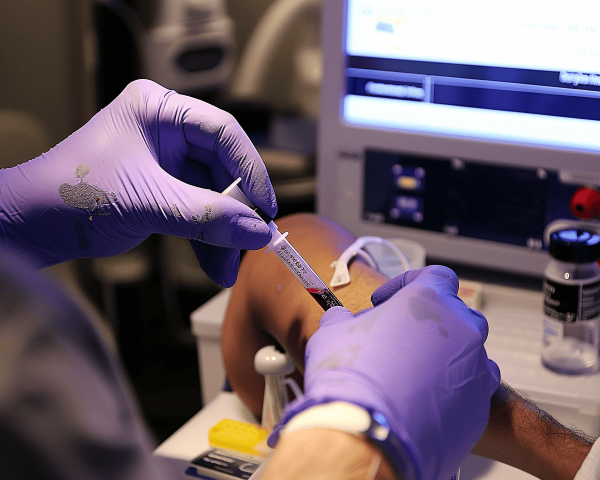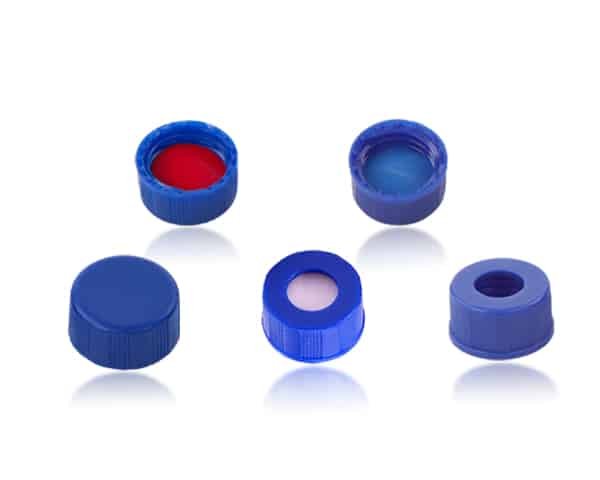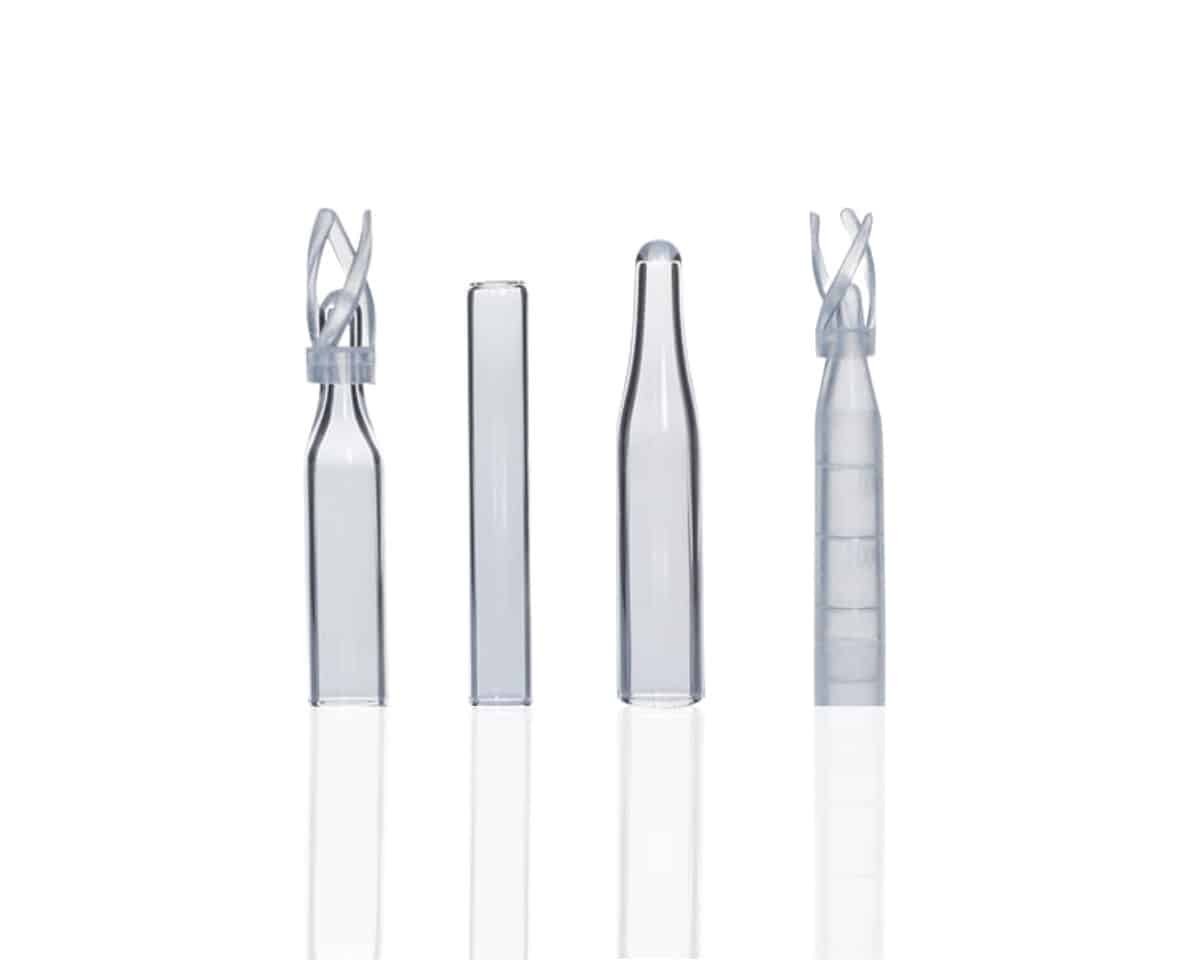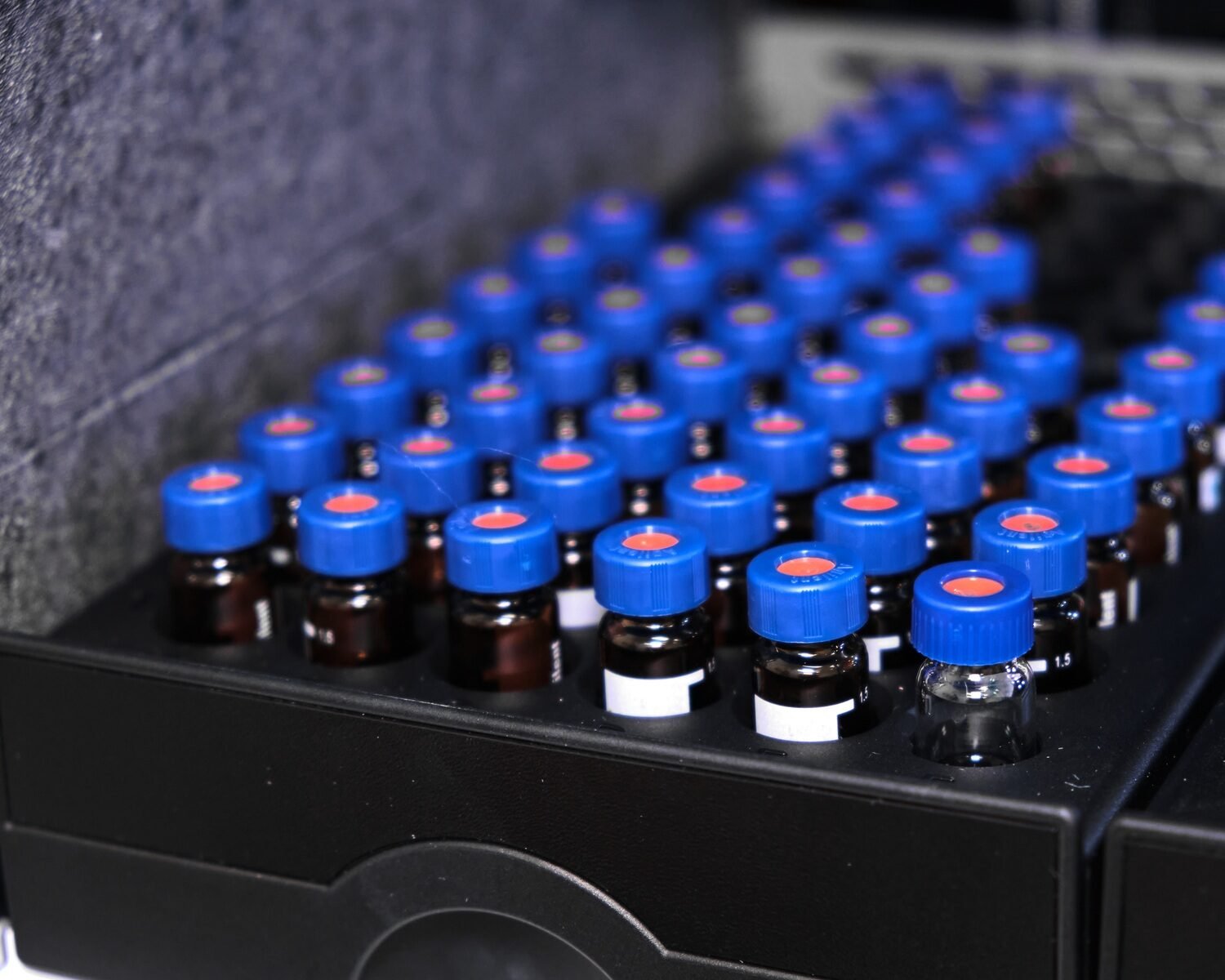Chromatography is a fascinating technique, widely used in laboratories to separate and analyze compounds. But, can you do chromatography with your blood? It’s a question that might seem a bit odd at first, but it’s actually quite relevant in various fields, including medicine and forensic science.
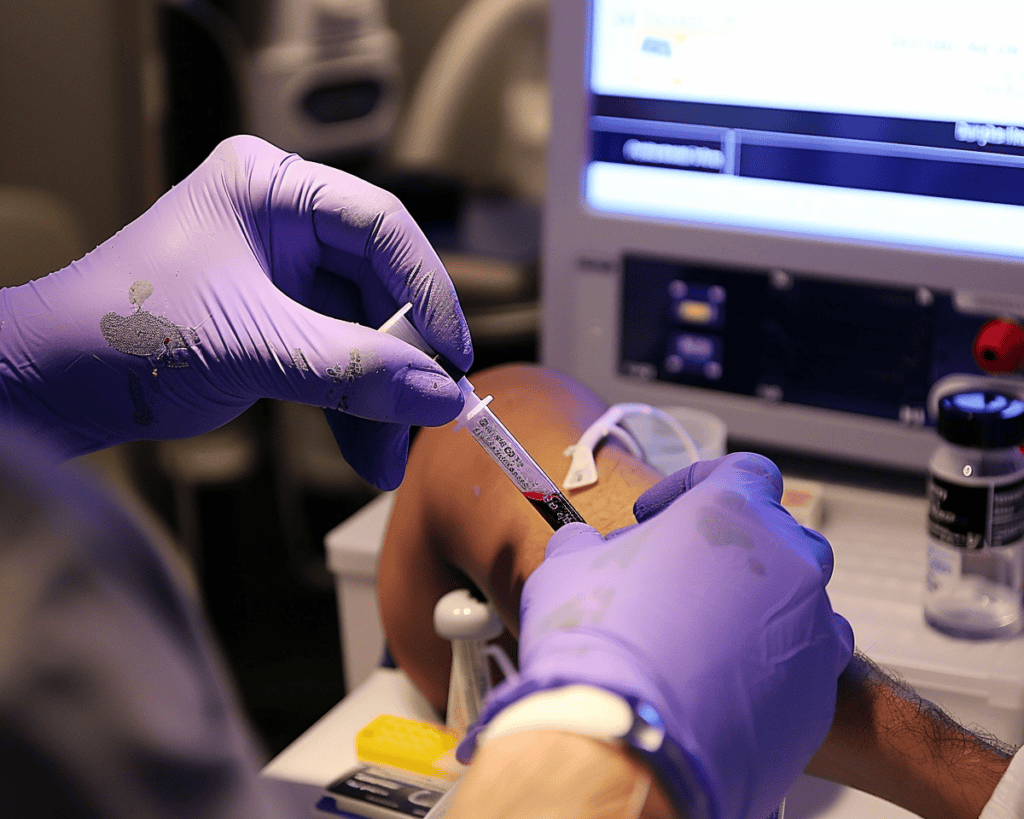
What is Chromatography?
Chromatography is a method for separating components in a mixture. It’s used extensively in biochemistry to analyze complex mixtures like blood, urine, and other bodily fluids. The technique relies on differences in the way molecules interact with a stationary phase and a mobile phase.
Types of Chromatography
There are several types of chromatography, including gas chromatography (GC), liquid chromatography (LC), and high-performance liquid chromatography (HPLC). Each has its own applications and benefits, but all can be used to analyze blood.
High-Performance Liquid Chromatography (HPLC)
HPLC is particularly useful for analyzing blood samples. It’s highly efficient and can separate a wide range of compounds. This makes it invaluable in clinical settings for diagnosing diseases, monitoring therapeutic drugs, and even in forensic toxicology.
Gas Chromatography (GC)
While less common for blood analysis, GC is also used, especially for detecting volatile substances. It’s often used in forensic science to analyze substances like alcohol and drugs in blood samples.
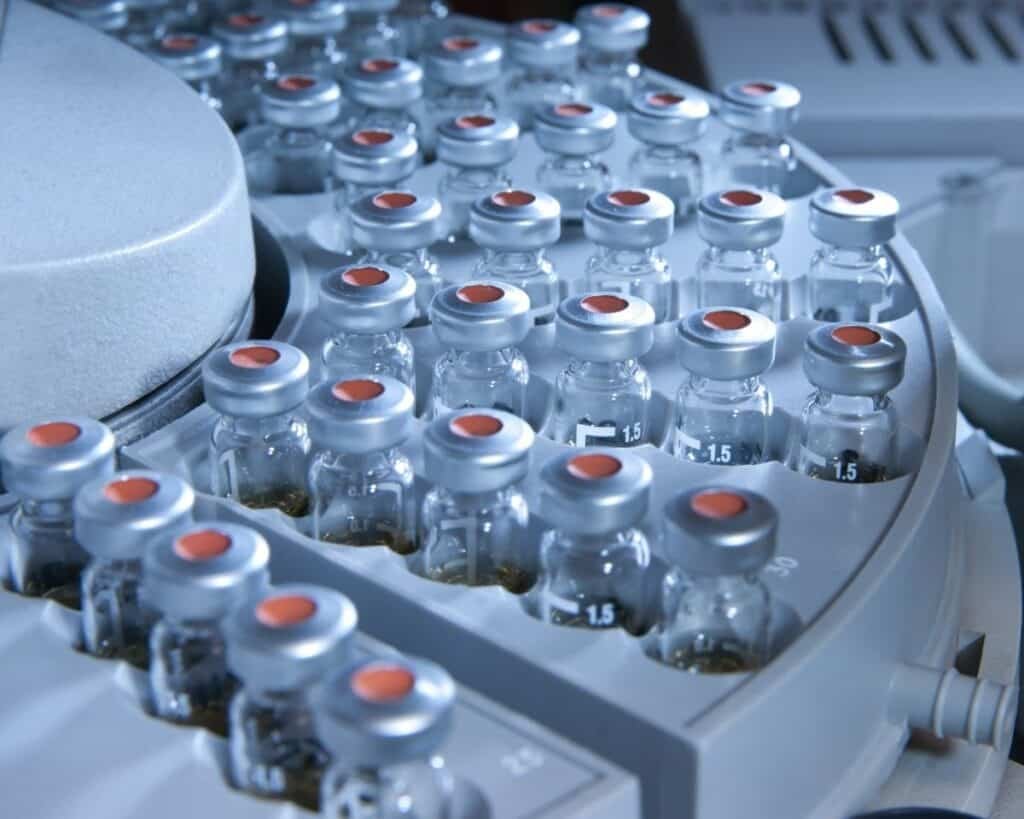

How Does Chromatography Work With Blood?
When you perform chromatography on a blood sample, the goal is to separate the various components—such as proteins, hormones, and drugs. Blood is a complex mixture, and chromatography can help identify and quantify the components present.
Sample Preparation
Before running the chromatography, the blood sample must be prepared. This usually involves separating the plasma from the cells through centrifugation. Sometimes, specific components like proteins or DNA need to be extracted using additional chemical treatments.
Running the Chromatography
Once the sample is prepared, it’s introduced into the chromatograph. The machine separates the components based on their interactions with the stationary and mobile phases. The result is a chromatogram, a visual output showing the separated components.
Applications of Blood Chromatography
Medical Diagnostics
One of the most common applications of blood chromatography is in medical diagnostics. For example, it’s used to measure glucose levels in diabetic patients, detect markers for various diseases, and monitor therapeutic drug levels.
Forensic Science
In forensic science, blood chromatography can identify drugs, alcohol, and other substances in blood samples. This can be crucial in criminal investigations and legal cases.
Research
Researchers use blood chromatography to study disease mechanisms, develop new drugs, and understand biological processes. It’s a powerful tool that provides detailed information about the biochemical composition of blood.
Is It Safe to Do Chromatography With Blood?
Performing chromatography with blood is safe when done by trained professionals using proper laboratory protocols. Blood samples can carry pathogens, so it’s essential to follow biohazard safety procedures to prevent contamination and ensure accurate results.
What Do Experts Say?
Experts in biochemistry and forensic science agree that chromatography is an essential tool for blood analysis. According to a study published in the Journal of Chromatography (Journal of Chromatography, link), HPLC is particularly effective for detecting a wide range of substances in blood, making it a valuable method in both clinical and research settings.
Real-Life Example
Consider a scenario where a patient needs to monitor their cholesterol levels. Using HPLC, their healthcare provider can accurately measure the levels of different lipoproteins in their blood, helping to manage their condition effectively.
Why Should You Care?
Understanding how chromatography works with blood can be incredibly useful, whether you’re a healthcare provider, a forensic scientist, or just someone interested in science. It’s a technique that has a significant impact on diagnostics, treatment, and research.
Questions to Ponder
- Have you ever wondered how your doctor measures the different components in your blood?
- Do you think the advances in chromatography could lead to better diagnostic tools in the future?
Conclusion
Chromatography is a powerful technique for analyzing blood. It’s used in medical diagnostics, forensic science, and research to separate and identify components in blood samples. By understanding how it works and its applications, you can appreciate the complexities and capabilities of this essential scientific method.
For more detailed information and studies on blood chromatography, you can visit reputable sourcesfrom the American Chemical Society and the Journal of Chromatography.
So, what do you think? Is chromatography something you find intriguing? If you have any questions or need further information, feel free to reach out!

Finally, If you’re on the lookout for high-quality HPLC vials at sensible pricing, consider Mastelf. With over 13 years of experience in chromatography vials, we can help you find the exact vials you need for your applications.
Our expertise ensures that you get reliable and precise products tailored to your specific requirements. Whether you’re in pharmaceuticals, research, or any other industry relying on HPLC, we understand your needs and are here to support you in making the right purchase.
Reach out to Mastelf, and let us assist you in procuring the perfect vials for your work.

